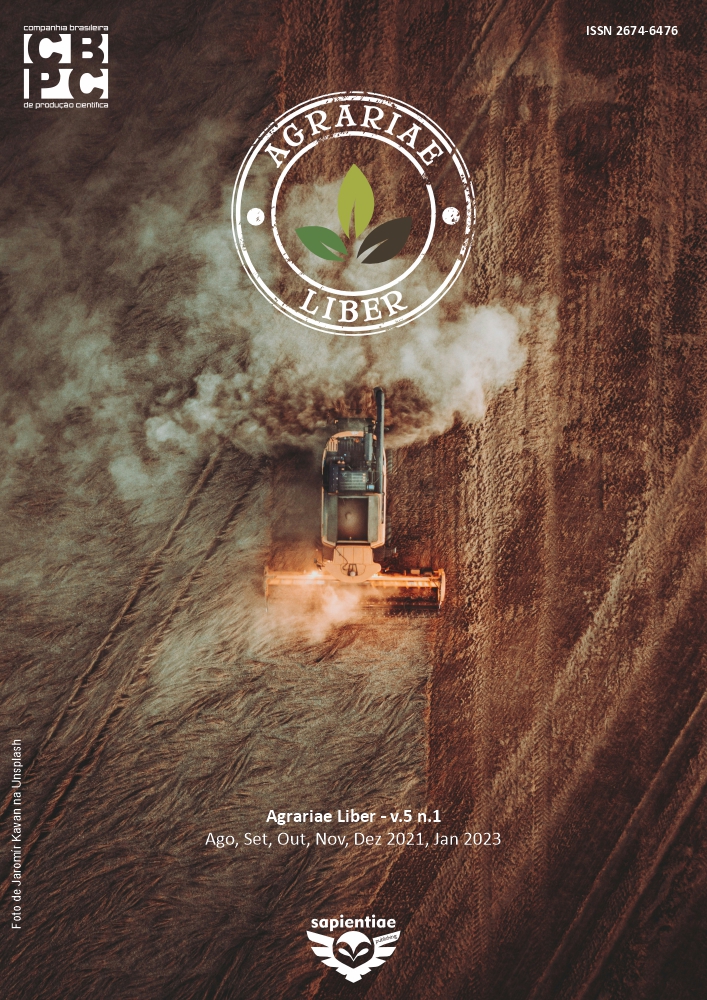Effect of two types of dormancy breaking on the germination of guapuruvu (Schizolobium parahyba)
DOI:
https://doi.org/10.6008/SPC2237-9290.2017.002.0005Keywords:
Breakage of numbness, Germination, Schizolobium parahybaAbstract
The guapuruvu (Schizolobium parahyba) is a native tree of the Atlantic Forest widely used in reforestation programs thanks to its rapid initial growth. However, like most forest species, these plants have a type of integumentary dormancy characteristic of the family to which they belong, the fabaceae. To overcome this numbness, several methods of pre-emergence treatments are found in the literature. In this sense, the present work had the objective of evaluating the effect of two types of dormancy breaking on the germination of Schizolobium parahyba. The treatments consisted of immersion of the seeds in 10% sulfuric acid for 45 minutes and mechanical scarification with sandpaper, in addition to the control treatment. The experimental design was completely randomized with four replicates, and for each replicate ten seeds were sown. The percentage of germination and the speed of germination were calculated. The data were submitted to the Tukey test at 5% probability. The treatment with the highest percentage of germination was immersion in sulfuric acid, totaling 98% germination of the seeds, although significantly different, the treatment by mechanical scarification also presented considerable germination rates, with 60.5%. It is concluded that the seeds of Schizolobium parahyba need to undergo some process of dormancy breaking and that both treatments can be efficient, reaching almost 100% of germination with 10% sulfuric acid for a period of immersion of 45min.
Downloads
Downloads
Published
Issue
Section
License
The CBPC - Companhia Brasileira de Produção Científica (Brazil CNPJ: 11.221.422/0001-03) the material rights of the published works. The rights relate to the publication of the work anywhere in the world, including rights to renewals, expansions and dissemination of the contribution, as well as other subsidiary rights. All electronically published works may subsequently be published in printed collections under the coordination of this company and / or its partners. The authors preserve the copyright, but are not allowed to publish the contribution in another medium, printed or digital, in Portuguese or in translation.








